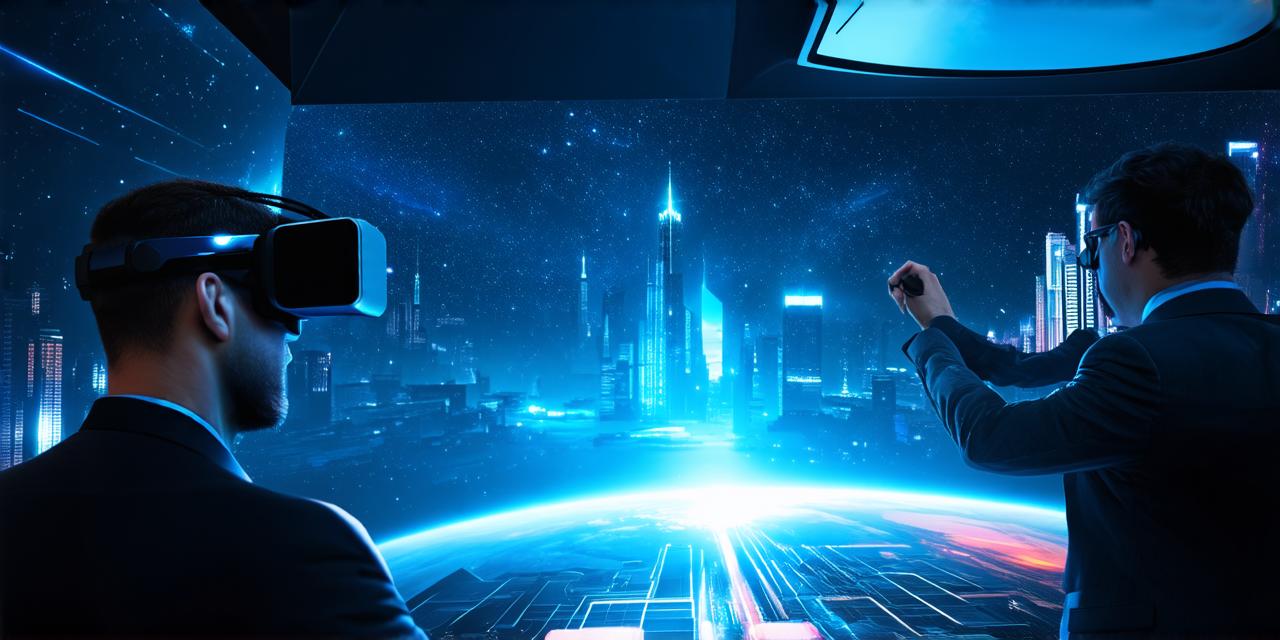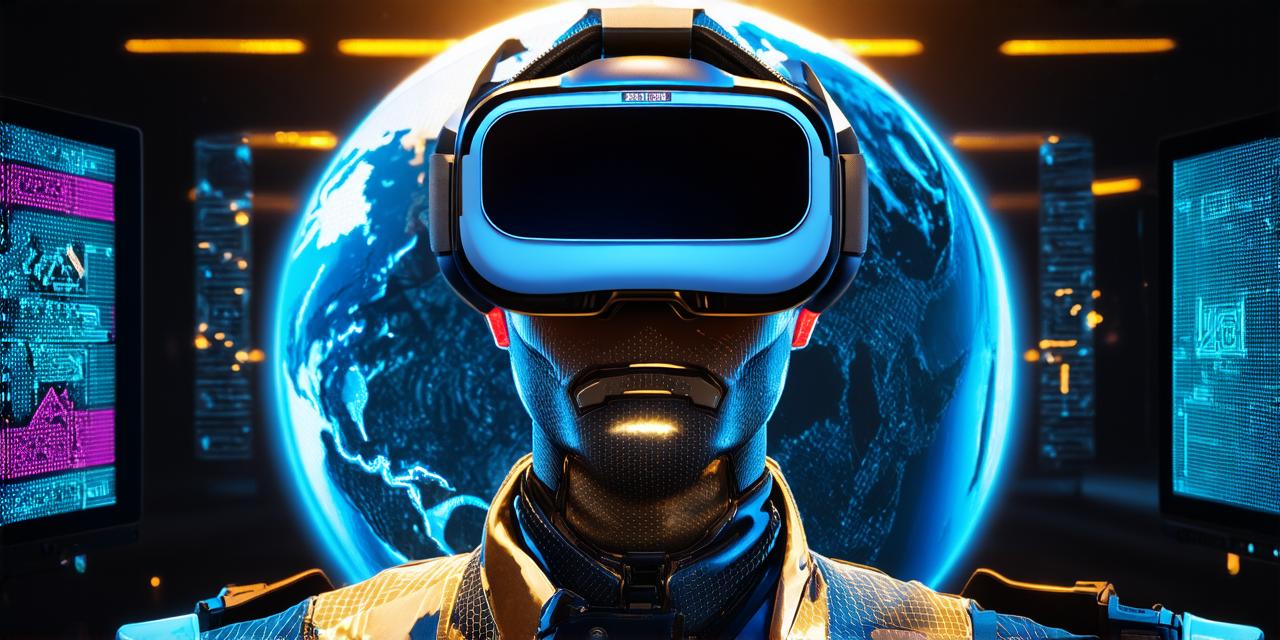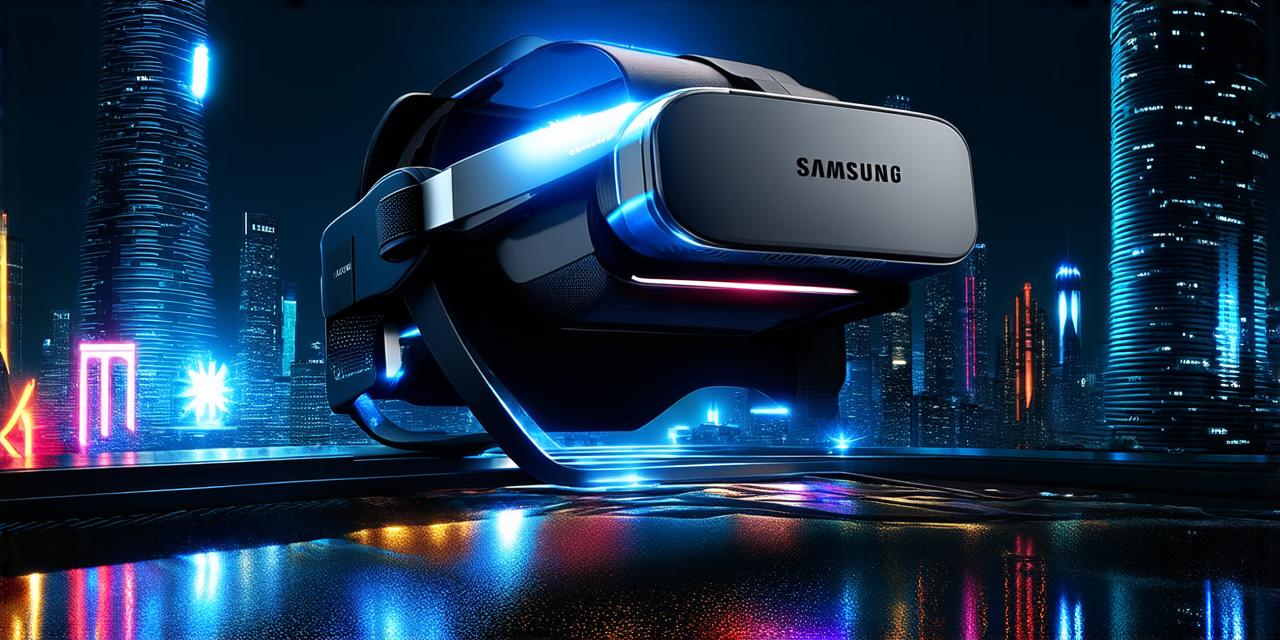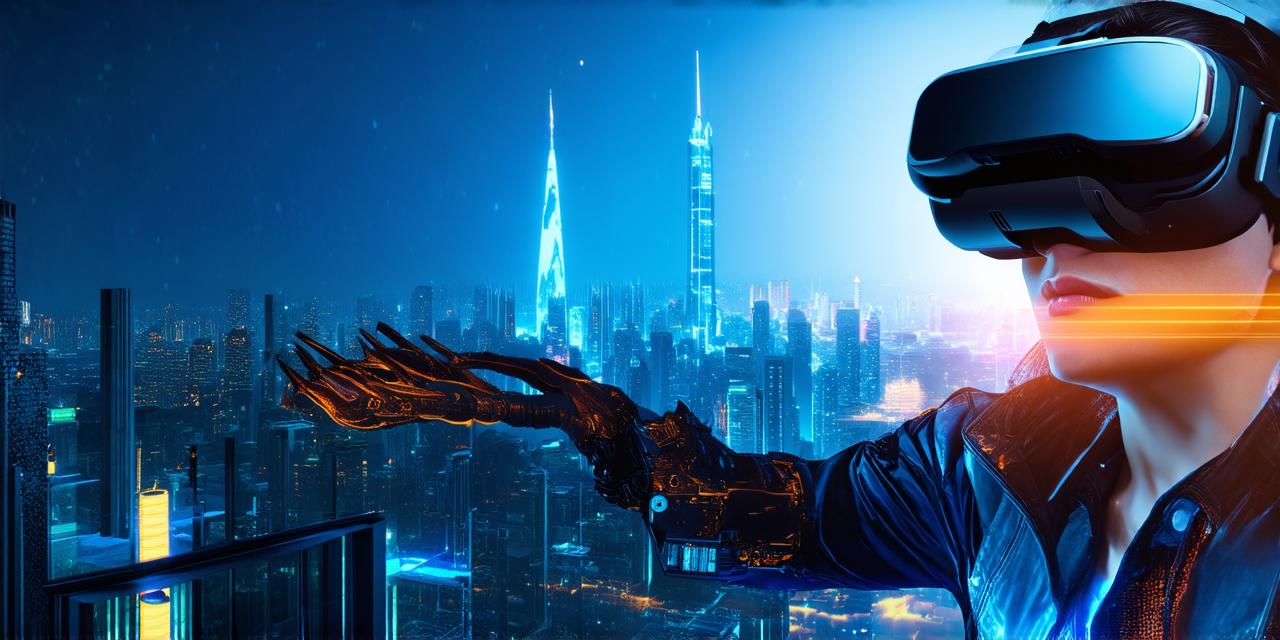Virtual Reality (VR) is a cutting-edge technology that has revolutionized the way we interact with digital environments. It is a computer-generated simulation that allows users to experience and interact with a digital world as if it were real.
This immersive technology has become increasingly popular in recent years due to its affordability and accessibility. Today, VR is being used for a wide range of applications, from gaming and entertainment to education, training, and even therapy.
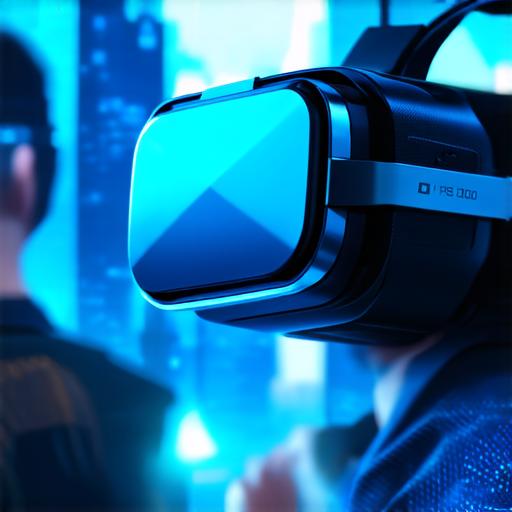
At the heart of VR technology are headsets that track the user’s movements and provide a realistic view of the virtual world. These headsets typically use sensors to detect the position of the user’s head and adjust the image accordingly. Some VR systems also include handheld controllers or gloves that allow users to interact with objects in the virtual world.
One of the key advantages of VR is its ability to create a highly immersive experience. By simulating a real-world environment, users can feel as if they are truly there, which can be especially useful for training and education applications. For example, medical students can use VR simulations to practice surgeries, while pilots can use VR to simulate flight scenarios.
Another application of VR is in the entertainment industry. Video games have been using VR technology for years, allowing players to experience their games in a more immersive way. Movies and TV shows can also be experienced in 360 degrees, giving viewers a sense of being transported into the story.
While VR technology has come a long way, it is not without its challenges. One of the biggest challenges is motion sickness, which can occur when the user’s senses are conflicting. For example, if the user is looking at a virtual object while also feeling motion in their real-world surroundings, they may experience nausea or dizziness. To address this issue, some VR systems include features like adjustable refresh rates and anti-aliasing to reduce the risk of motion sickness.
GroupLayout:
Another challenge facing VR technology is its high cost. While prices have come down in recent years, VR headsets and equipment can still be quite expensive, which limits their accessibility to many people. However, as the technology continues to evolve and become more widespread, it’s likely that we will see prices drop even further.
Despite these challenges, virtual reality is a highly promising technology with a wide range of applications. As the technology continues to advance, we can expect to see even more innovative uses for VR in the future. Whether you’re a gamer, an educator, or a healthcare professional, there’s no doubt that VR will continue to be an exciting and transformative technology.
